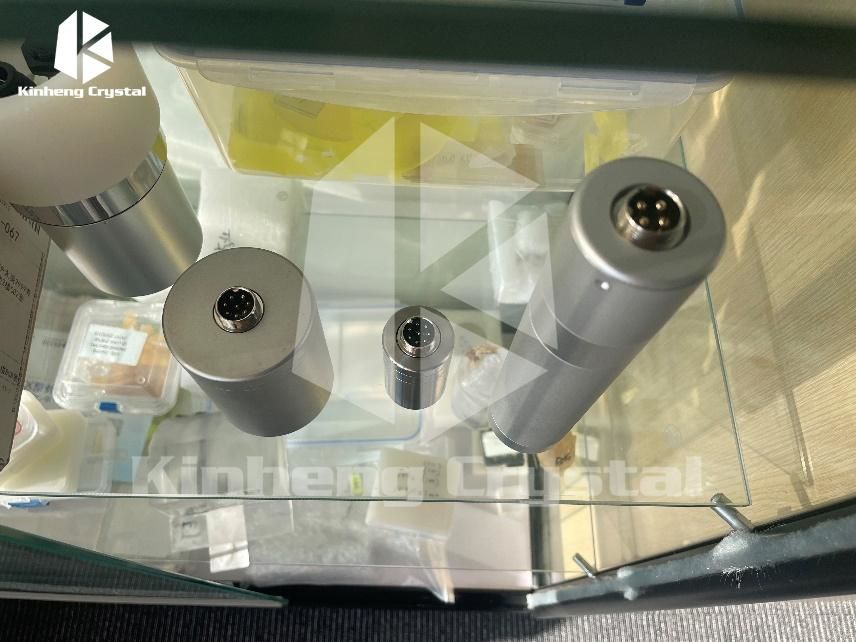A scintillation detector is a device used to detect and measure ionizing radiation such as gamma rays and X-rays.
The working principle of a scintillation detector can be summarized as follows:
1. Scintillation material: The detector is composed of scintillation crystals or liquid scintillator. These materials have the property of emitting light when excited by ionizing radiation.
2. Incident radiation: When ionizing radiation interacts with a scintillation material, it transfers some of its energy to the electron shells of the atoms in the material.
3. Excitation and de-excitation: The energy transferred to the electron shell causes atoms or molecules in the scintillation material to be excited. The excited atoms or molecules then quickly return to their ground state, releasing the excess energy in the form of photons.
4. Generation of light: The released photons are emitted in all directions, creating flashes of light within the scintillation material.
5. Light detection: The emitted photons are then detected by a photodetector, such as a photomultiplier tube (PMT) or silicon photomultiplier tube (SiPM). These devices convert incoming photons into electrical signals.
6. Signal amplification: The electrical signal generated by the photodetector is amplified to increase its intensity.
7. Signal processing and analysis: The amplified electrical signal is processed and analyzed by electronic circuits. This may involve converting analog signals to digital signals, counting the number of photons detected, measuring their energy and recording the data.
By measuring the intensity and duration of the flash produced by a scintillation detector, the characteristics of the incident radiation, such as its energy, intensity, and arrival time, can be determined. This information can be used for a variety of applications in medical imaging, nuclear power plants, environmental monitoring, and more.
Post time: Nov-16-2023







